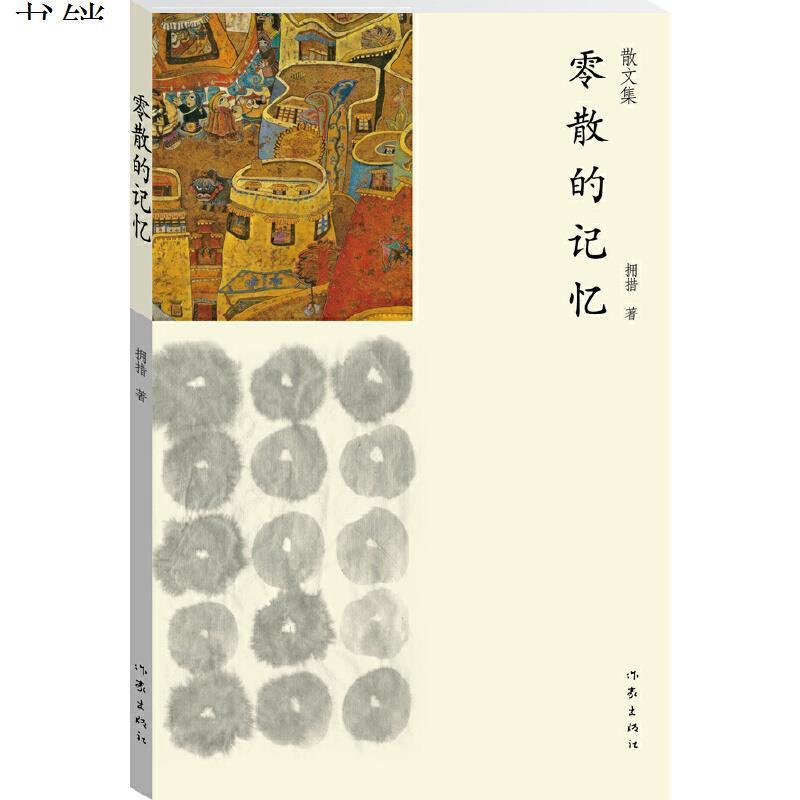Some of my favourite place name stories come from #Taiwan, because the complex relationship between Austronesian, Sinitic (Hokkien/Hakka/Mandarin), and Japanese elements is fascinating! So here's the story of Kaohsiung 高雄 and what it has to do with chickens, cats and dogs!🧵 1/ 

The ultimate origin of the name is not 100% clear, but what is clear is that our story starts with an Austronesian root and that its pronunciation had absolutely nothing to do with 'Kaohsiung.' Rather we are dealing with the word Takao. 2/ 

Japanese Anthropologist Inō Kanori 伊能嘉矩 (1867-1925) suggested that the original comes from the Makatao language and means 'bamboo forest,' which is still a widely-seen explanation. 3/ 

More recently, it has been suggested that the origin was rather related to chickens, because takao means 'chicken' in Makatao. I've also seen suggestions that Takao might be a modification of the name Makatao itself. 4/ 

Early Japanese sources call Taiwan Takasago or Takasagun or similarly (高砂; 高山國), designations which ultimately go back to the same source.
(so the original 高山 actually referred to plains indigenous people...) 5/
(so the original 高山 actually referred to plains indigenous people...) 5/

Chinese-language sources transcribed Takao according to Hokkien phonology as 打狗 (Táⁿ-káu) or 打鼓 (Táⁿ-kóo). The first transcription looks like 'beat a dog'; the second one like 'beat a drum' 6/ 

A minor, but interesting detail: The Mandarin pronunciation for 打 ('beat'), dǎ, is irregular! Originally it had a -ng final (look at the element 丁) and it is still there in Hokkien - in form of nasalization (Táⁿ) :D 7/ 

The Dutch transcribed the place as Tancoia.
(Ha! With an n in the middle, reflecting the Hokkien sound - gotta love it when things fall in place in historical linguistics. The -ia at the end reflects the Hokkien suffix 仔, I guess) 8/
(Ha! With an n in the middle, reflecting the Hokkien sound - gotta love it when things fall in place in historical linguistics. The -ia at the end reflects the Hokkien suffix 仔, I guess) 8/

19th-ct. transcriptions into European languages lose the nasal, so the city comes to be known as Takao or Takow or similar long before the Japanese period 

After 1895, Taiwan is under Japanese rule and there is this place name 打狗 that looks like 'Beat a dog.' Not a very auspicious name. So what happens? 9/ 

Ta-kao sounds a lot like a combination of two native Japanese morphemes popular in names: Taka ('high,' written 高) and O ('man, masculine,' written as 雄). O doesn't occur as a freestanding word anymore, but it is the first part of the word Otoko 男. 10/ 

So the Japanese also started to write the place name Takao 打狗 as Taka-o 高雄. Suddenly, Beat-a-dog becomes LOFTY MASCULINE CITY. Kakkoii jan! 12/ 

However, speakers of Sinitic languages pronounce Kanji in the Chinese way, effectively translating native Japanese morphemes into Chinese ones. So Kishida Fumio 岸田文雄 becomes Antian Wenxiong and Takao 高雄 becomes Kaohsiung (Ko-hiông in Hokkien.) 14/ 

Anyway, whether you call it Takao or Kaohsiung, it is a *super lovely* city and I would love to have a Bo̍k-kue-gû-ling at Liuhe Night Market now!! 15/終 

Addendum! I forgot the cats part!!! There is another place in Taiwan that used to be written 打貓 with the surface meaning of 'beat a cat,' and the Japanese changed that according to the same principle to 民雄 (Tami-o, Minsyong) 

• • •
Missing some Tweet in this thread? You can try to
force a refresh






















